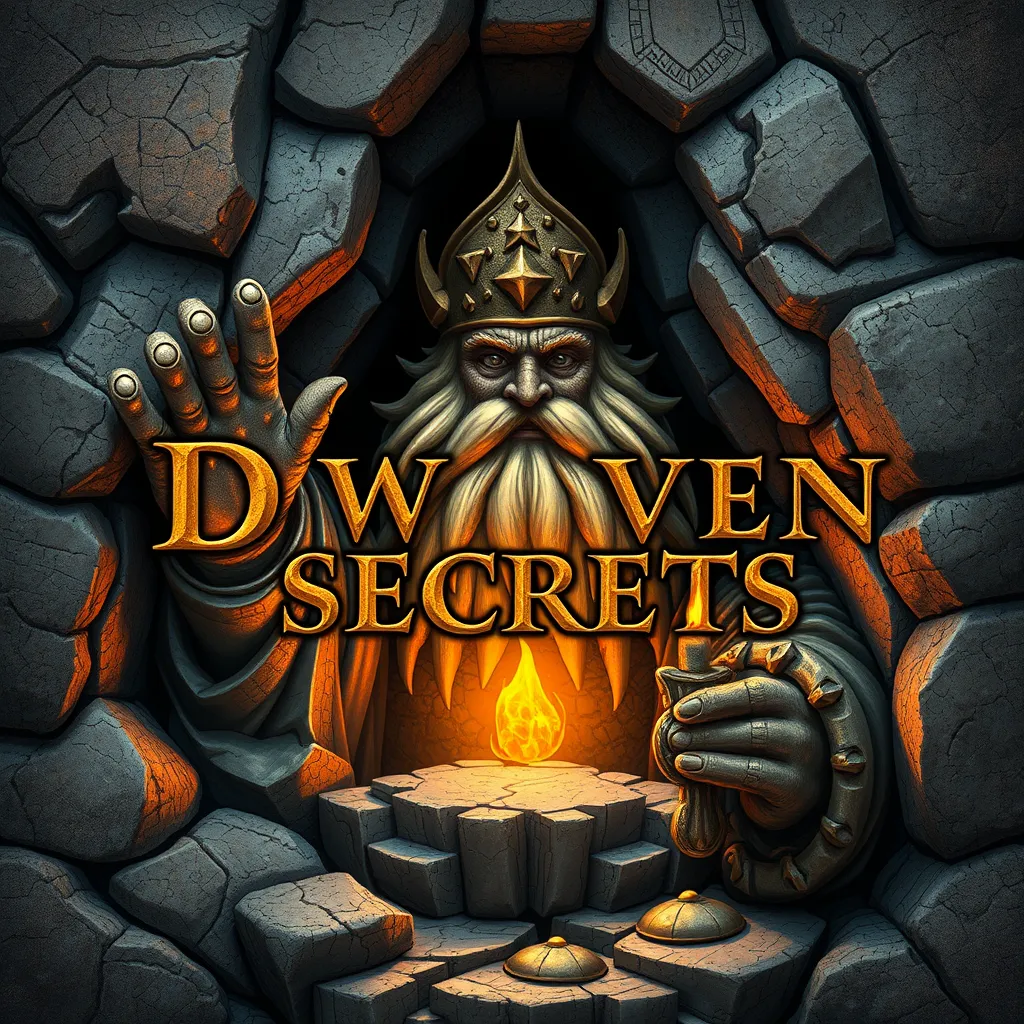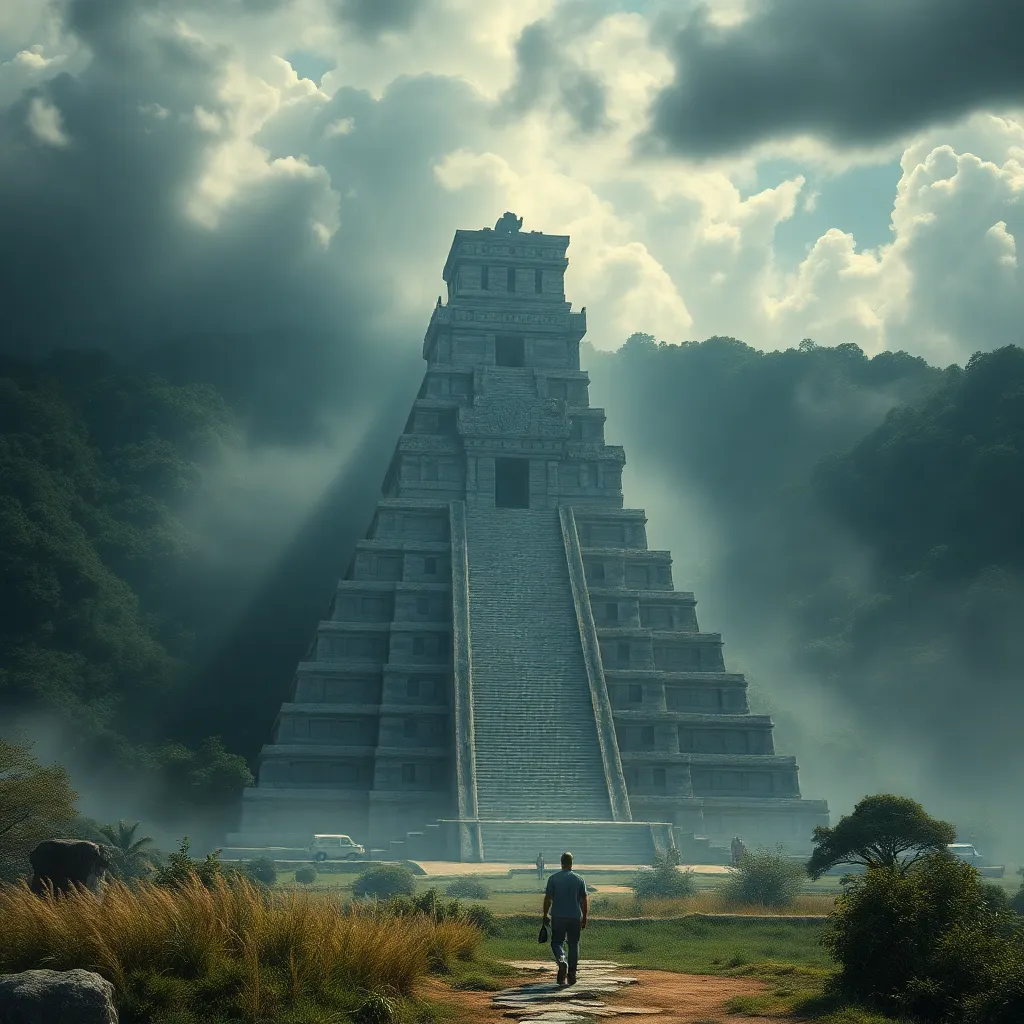The Unicorn in History and Literature
The unicorn, a mythical creature known for its spiraled horn and captivating beauty, has captivated the human imagination for centuries. More than just a mythical beast, the unicorn holds a rich and enduring presence in history, literature, and art. Its image, imbued with symbolism and legend, has graced tapestries, illuminated manuscripts, and heraldic crests, weaving its way into the fabric of human culture.
From ancient texts to modern fantasy novels, the unicorn has consistently evoked a sense of wonder, mystery, and magic. Throughout the ages, it has been associated with virtues like purity, grace, and innocence, making it a powerful symbol in diverse cultures and belief systems. This article delves into the fascinating world of the unicorn, unraveling its origins, tracing its journey through history, and exploring its enduring influence on human imagination.
The Unicorn’s Origins: Myth and Folklore
The unicorn’s origins are shrouded in myth and folklore, with traces of its presence found in ancient cultures worldwide. While not a single, definitive origin story exists, the unicorn’s legend has been woven from various strands of human imagination and cultural beliefs.
In ancient Mesopotamia, a creature resembling a wild bull with a single horn was depicted in ancient cylinder seals and associated with the god Inanna. The Greeks and Romans also had their own versions of a one-horned beast, often depicted in battle with lions or other predators.
These early depictions often intertwined the unicorn with themes of strength, power, and even divine protection. The unicorn’s horn, particularly, was believed to possess mystical properties and was highly valued in ancient medicine and alchemy.
The Unicorn in Ancient Texts: Early References
The unicorn’s early appearances in literature date back to ancient texts, where it was often described as a wild and elusive creature, difficult to capture or tame. In the second century AD, the Greek writer Ctesias, who served as a physician at the Persian court, wrote about the unicorn, describing it as a fierce and dangerous animal with a single, powerful horn. This early account provided a foundational description that later writers and artists would draw upon.
Throughout the Middle Ages, the unicorn’s image became increasingly ingrained in European culture, finding its way into various texts, including bestiaries and natural history books. The unicorn’s magical properties, particularly its horn’s ability to purify water and neutralize poisons, were widely believed and referenced in these texts.
The Unicorn in Medieval Art and Symbolism
The unicorn’s journey into the realm of art began during the Middle Ages, where it was widely represented in illuminated manuscripts, tapestries, and sculptures. Medieval artists often depicted the unicorn in elaborate scenes, often with a virginal maiden or a hunter, highlighting the creature’s connection to purity, chastity, and the divine.
In medieval symbolism, the unicorn’s horn symbolized Christ’s power and was often used as a representation of spiritual purity. The unicorn’s capture or taming was seen as a metaphor for the struggle between good and evil, with the unicorn’s capture by a virgin representing the triumph of virtue and spiritual purity.
The Unicorn’s Magical Powers: Horn, Blood, and Virginity
Medieval texts and artwork often attributed magical powers to the unicorn, particularly its horn. The horn was believed to possess the ability to purify water, neutralize poison, and even cure diseases. In addition to its horn, the unicorn’s blood was also believed to possess mystical qualities, capable of healing wounds and even warding off evil spirits.
The unicorn’s association with virginity was also deeply ingrained in medieval symbolism. Often depicted being captured by a virgin, the unicorn’s capture was seen as representing the power of chastity to overcome even the fiercest of beasts. This connection to virginity further cemented the unicorn’s role as a symbol of purity and spiritual grace.
The Unicorn Hunt: A Symbol of Purity and Chastity
The unicorn hunt, a common motif in medieval art and literature, represented more than just a chase after a mythical beast. It served as a powerful symbol of purity and chastity, reflecting the values and beliefs of the time. In these depictions, the unicorn, often depicted as a wild and untamable creature, could only be captured by a virginal maiden. The maiden’s purity and innocence were believed to have a calming effect on the fierce unicorn, allowing her to approach and bind it.
The unicorn hunt symbolized the struggle between good and evil, with the unicorn representing spiritual purity and the hunter representing a force seeking to subdue or corrupt that purity. The maiden’s success in capturing the unicorn represented the triumph of virtue and the power of chastity to overcome even the most powerful of forces. This symbolism resonated deeply with medieval audiences, reflecting their beliefs in the importance of purity, chastity, and the struggle for spiritual virtue.
The Unicorn in Modern Culture: From Fantasy to Reality
The unicorn has continued to captivate the imagination in modern culture, transcending its medieval roots and finding new life in contemporary media and popular culture. From children’s books and fantasy novels to movies and television shows, the unicorn has become a beloved symbol of magic, wonder, and innocence.
The unicorn’s enduring popularity in modern culture can be attributed to its ability to tap into our collective desire for something magical and extraordinary. Its association with purity and grace, coupled with its mystical powers, continues to resonate with audiences of all ages, offering a sense of hope, wonder, and escape from the realities of everyday life.
The unicorn’s presence in contemporary culture is a testament to its enduring power as a symbol and its ability to adapt and evolve with changing times, reflecting and shaping our collective imagination.
The Scientific Perspectives: Theories on the Unicorn’s Origins
While the unicorn exists firmly in the realm of myth and legend, some scientific theories attempt to explain its origins, drawing on historical evidence and paleontological discoveries.
One prominent theory suggests that the unicorn myth could have originated from encounters with extinct animals, particularly the rhinoceros. The rhinoceros, with its single horn and imposing size, may have inspired early stories and legends about a powerful, one-horned beast.
Another theory points to the Elasmotherium, an extinct rhinoceros species that lived in Eurasia during the Pleistocene epoch. This rhinoceros, with its massive size and single, spiraled horn, could have been a more likely inspiration for the unicorn myth, given its distinctive physical features and its existence in regions where unicorn legends are prevalent.
The Elasmotherium: A Possible Real-Life Inspiration
The Elasmotherium, an extinct rhinoceros with a single, spiraled horn, stands out as a strong contender for the real-life inspiration behind the unicorn myth. Its distinctive features, particularly its prominent horn, align with descriptions of the unicorn in ancient texts and folklore.
The Elasmotherium’s existence in Eurasia, a region with a rich history of unicorn legends, further strengthens its connection to the mythical creature. While the Elasmotherium’s extinction occurred thousands of years ago, its physical appearance and geographical distribution suggest that it could have been a significant source of inspiration for the unicorn myth, inspiring generations of storytellers and artists.
The Unicorn as a Symbol of Hope and Wonder
Beyond its historical and scientific interpretations, the unicorn continues to hold a powerful meaning as a symbol of hope and wonder. Its association with purity, grace, and magic transcends cultural boundaries and speaks to our innate desire for something extraordinary, something that inspires us to believe in the impossible.
The unicorn’s enduring presence in our collective imagination reminds us of the power of myth and legend to inspire, to offer solace, and to remind us that even in the face of hardship and uncertainty, there is always a glimmer of hope and wonder to be found.
FAQ: The Unicorn Mystery
**1. What is a unicorn?**
A unicorn is a mythical creature with a single, spiraled horn, often depicted as a white horse with a golden mane and tail.
**2. Where did the unicorn myth originate?**
The exact origin of the unicorn myth is unknown, but it is believed to have originated in ancient Mesopotamia, with similar creatures depicted in Greek and Roman art.
**3. What are some of the unicorn’s magical powers?**
Unicorns are often associated with magical powers, such as the ability to purify water with their horn, neutralize poisons, and cure diseases.
**4. What is the symbolism behind the unicorn hunt?**
The unicorn hunt, a common motif in medieval art, symbolizes the struggle between good and evil, with the unicorn representing purity and the hunter representing a force seeking to corrupt it.
**5. Are there any real-life animals that might have inspired the unicorn myth?**
Some theories suggest that the unicorn myth may have been inspired by real-life animals, such as the rhinoceros with its single horn or the Elasmotherium, an extinct rhinoceros with a massive horn.
**6. Why is the unicorn important in modern culture?**
Unicorns continue to be popular in modern culture, serving as a symbol of magic, wonder, and innocence, offering a sense of hope and escape from the realities of everyday life.




